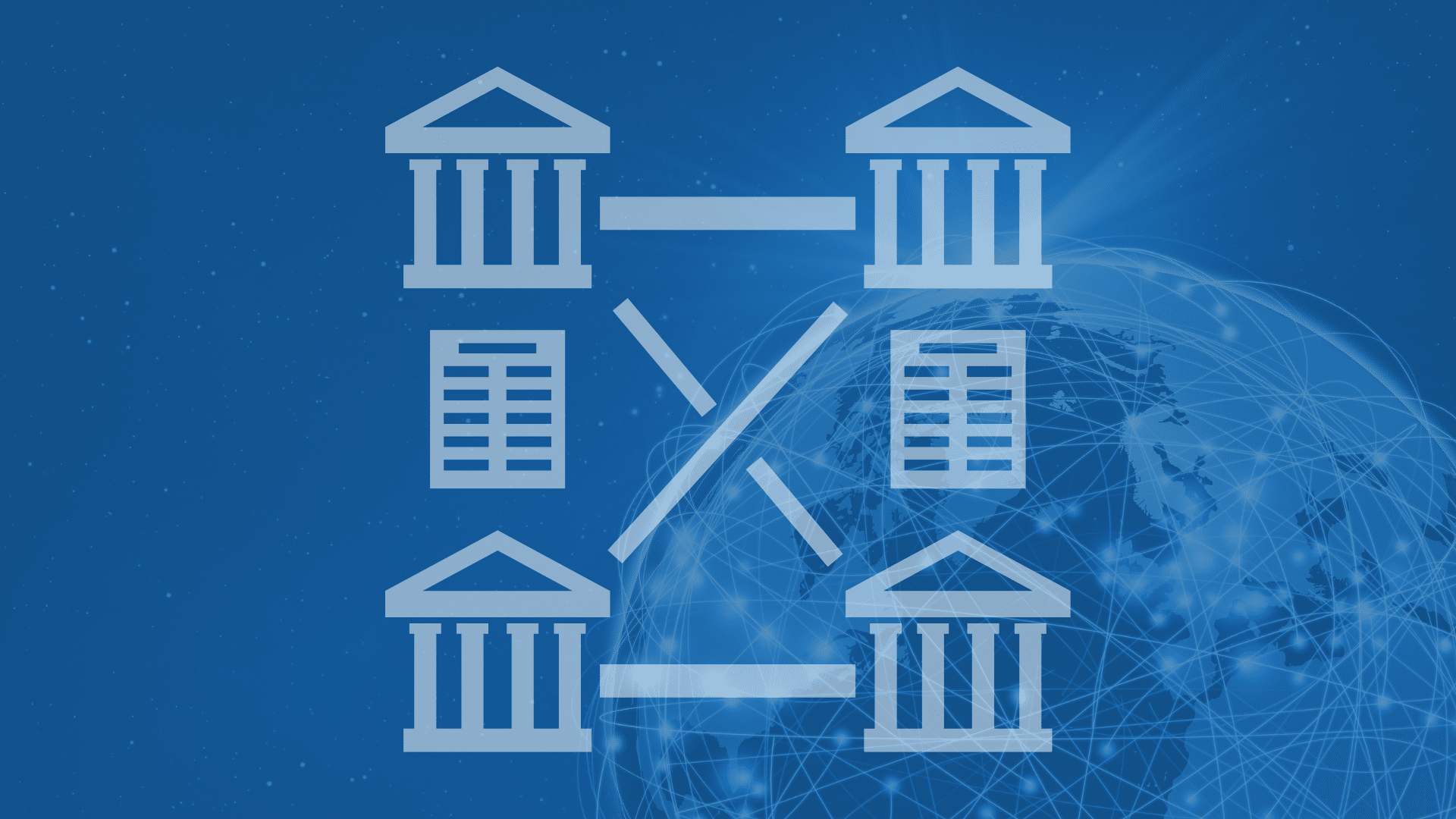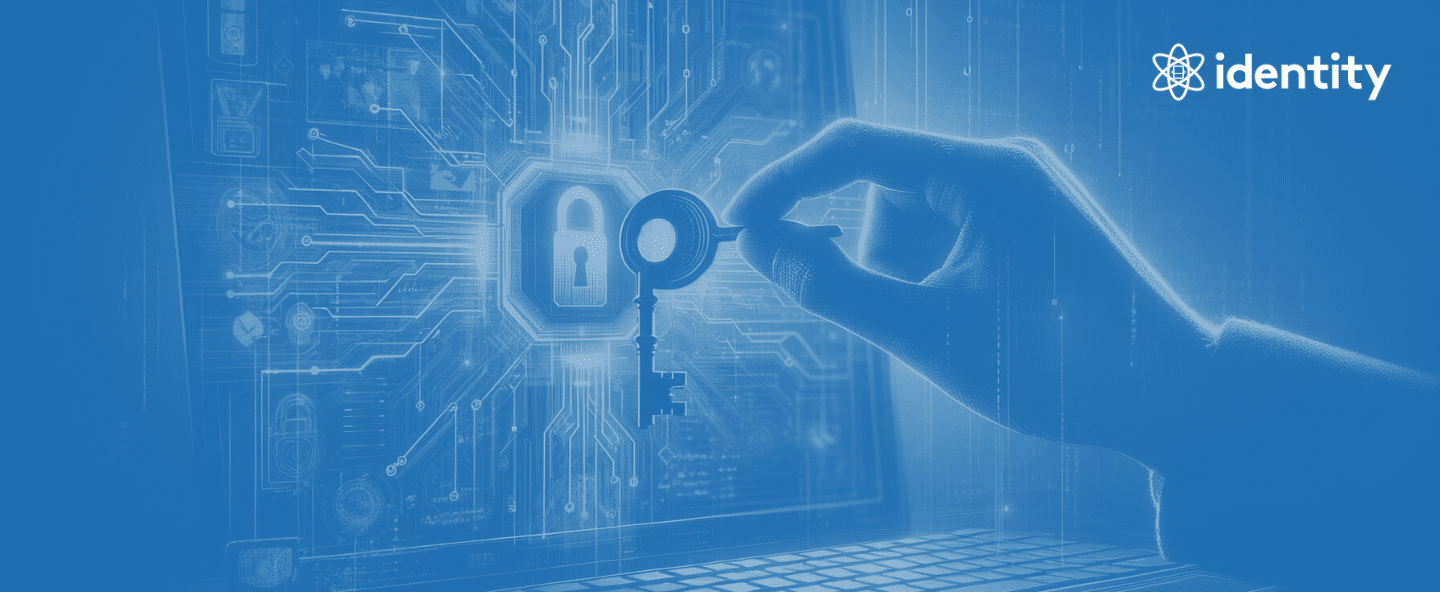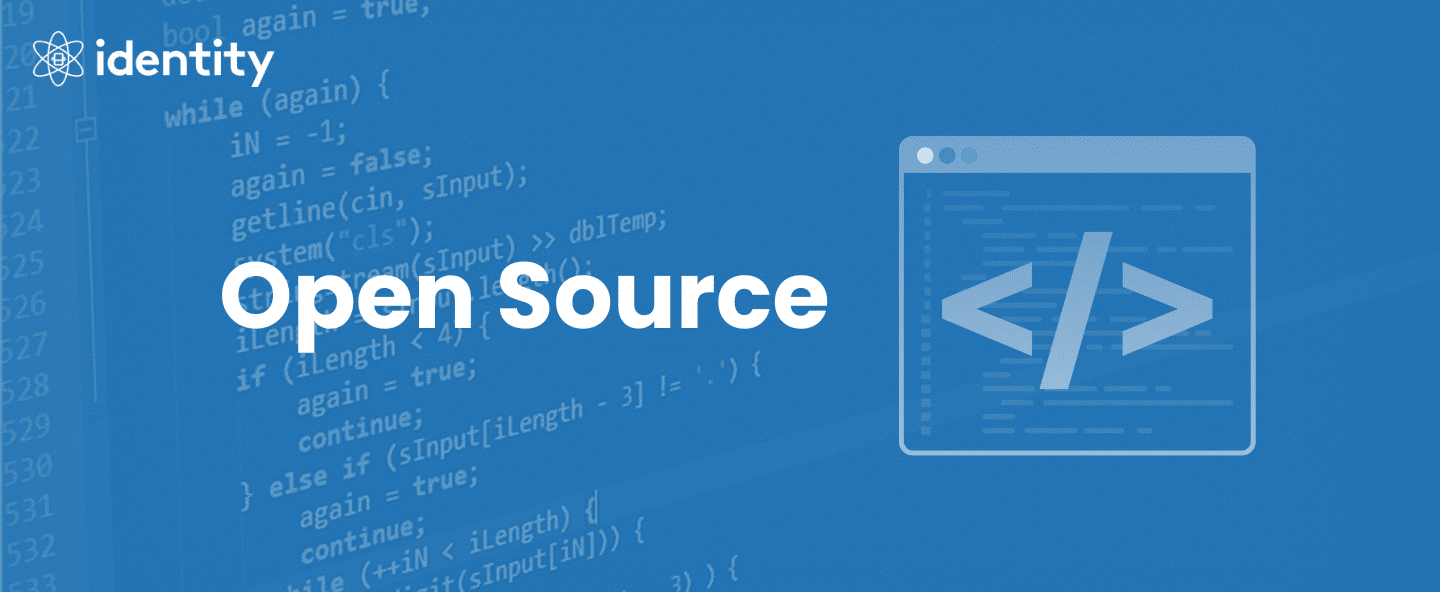
What Are Digital Signatures? The Complete Guide
Key Takeaways: Digital signatures verify the sender’s identity, ensuring that the message or document originates from the claimed source. This

Key Takeaways: Digital signatures verify the sender’s identity, ensuring that the message or document originates from the claimed source. This

This is Part 1 of our series on the history of the world wide web (From Web1 to Web5). For

Key Takeaways: Distributed Ledger Technology (DLT) records and verifies transactions across decentralized networks instead of relying on a single authority.

Key Takeaways: Digital signature fraud is a crime where criminals misuse or exploit legitimate digital signatures for illegal purposes. Unlike

Key Takeaways: Quantum computing uses principles of quantum mechanics to process information far faster than classical systems. Qubits can represent

Key Takeaways: Open source software (OSS) is a computer software that is made available with its source code. This allows

Key Takeaways Smart contracts are digital protocols that automatically execute when certain conditions are met. They remove the need for

Key Takeaways: Zero-knowledge proofs (ZKPs) allow you to prove their knowledge or possession of specific information without actually revealing the

Key Takeaways: Hashing is a cryptographic process that converts input data into a fixed-length string of characters. This output, known